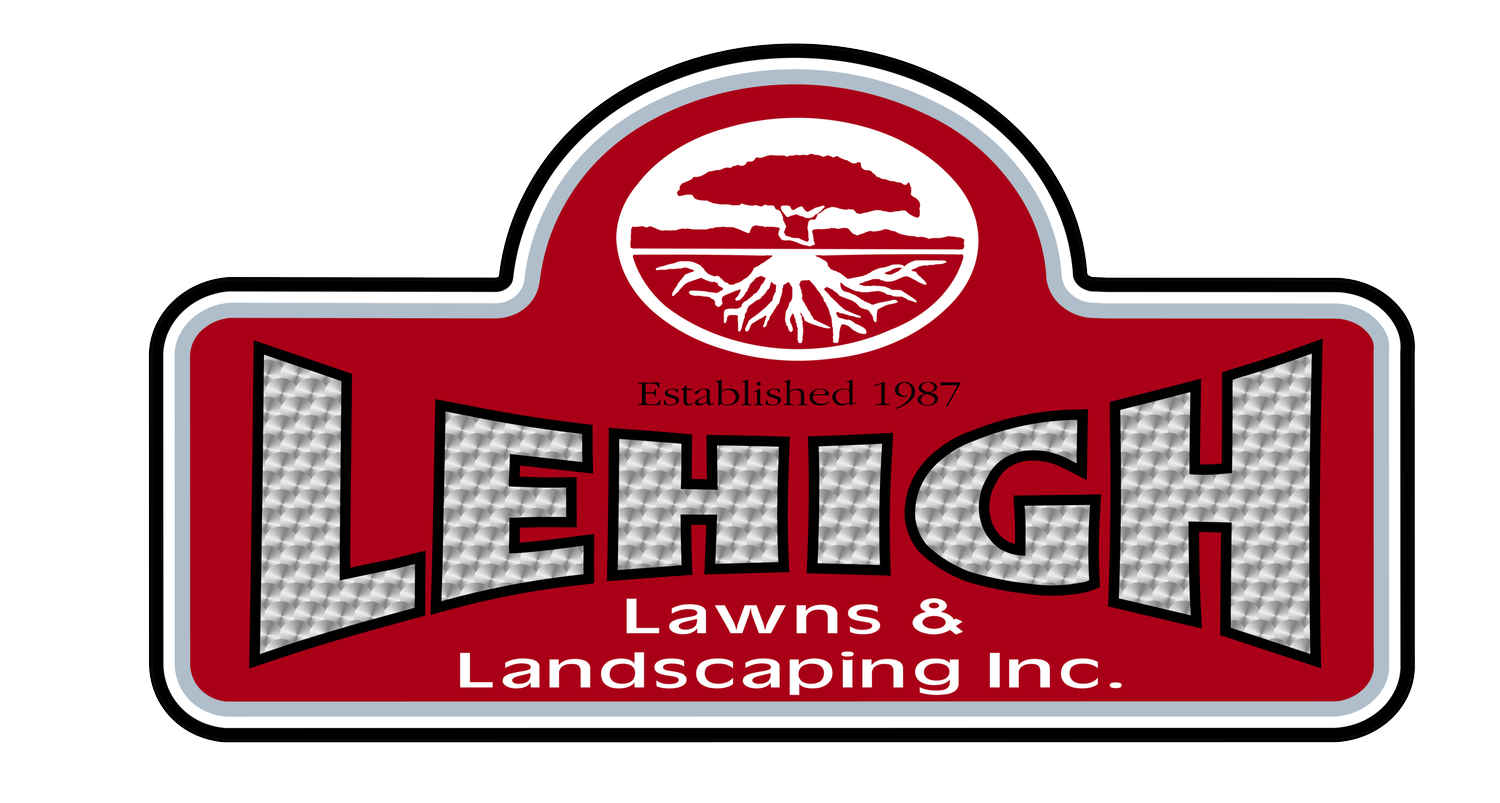Top 5 Retaining Wall Tips
Retaining walls can be used for number of different purposes in your Dutchess County, NY landscaping. Whether it’s taming a slope to free up more useable space, preventing soil erosion, or using terracing to create an aesthetic sloping yard on a hillside, be sure to make the most of your investment by following these helpful tips!
Creating Spaces
Retaining walls are an excellent way to create outdoor spaces, particularly if your outdoor area consists of multiple levels. In order to accomplish this in the manner most pleasing to the eye, consider your geometric theme, be it a circular, rectangular or naturalistic form theme. Your retaining walls can consist of shear angles and sharp edges to complement your modern home, or wind through your backyard like meandering natural contours to create organic flow. Spaces created by retaining walls tend to be intimate and cozy thanks to their ability to create definition.
Terracing
Rather than one large retaining wall, creating multiple steps of smaller walls has its own advantages. Terracing can transform a hillside slope from a barren plain into a lush, arable garden, or create three dimensionality and visual interest in a backyard that is otherwise quite flat. Terraces can be filled with flowers and shrubs, or simply left to grow grass in order to provide comfortable amphitheatre-like seating. Terracing also makes the addition of outdoor steps easier - a plus for children and older people.
Drainage
Build-up of sub-surface water behind your retaining wall can be disastrous. During heavy rain or snowmelt, hydrostatic pressure in the soil can reach levels high enough to cause some serious damage. Cracks, bulging, and sometimes even complete destruction of your investment may ensue unless you have a correctly installed drainage system in place. Fortunately, these drainage systems are not as complicated as they sound. A simple backfill of stamped gravel behind your retaining wall can do the job, but in special cases provision for a perforated pipe or weep holes must be made. This is where a professional can help. A retaining wall isn't just the hardscaping that you see!
Related: 5 Design Styles for your Retaining Walls
Capping
To prevent water infiltrating the top surface of your retaining wall where it is most vulnerable, don’t forget to have capstones installed. Not only will caps prevent sun, rain, snow, and ice damage to your retaining walls, but they also provide an opportunity to add attractive accents to your design. Capping is sometimes neglected, but this small and necessary element can make a vital difference in protecting your investment. Capstones come in a myriad of shapes and materials designed to match your home's existing style. Quality capping is also vital if you’re planning on using sections of your retaining wall for seating.
Multi-Functional Retaining Walls
Combining your retaining wall with functional features will help to save space and create a unique outdoor setting. Retaining walls can be positioned to provide seating or modified to house concrete benches or an outdoor fireplace. Installing outdoor lighting into your terrace steps or retaining walls will help light up key features of your landscape and provide lighting for paved walkways and patios. Water-features can also be incorporated into terrace steps to add an extra dimension to a sloping backyard.

